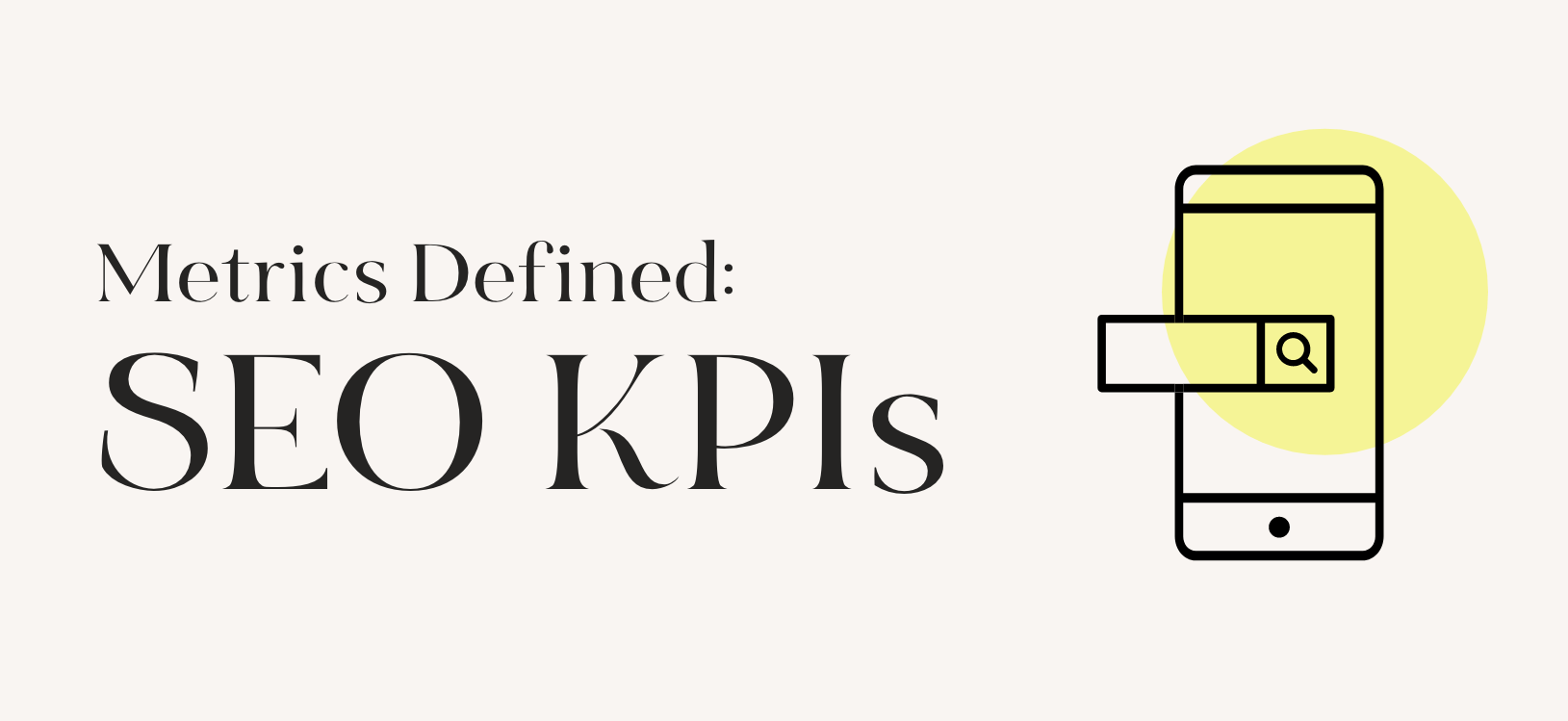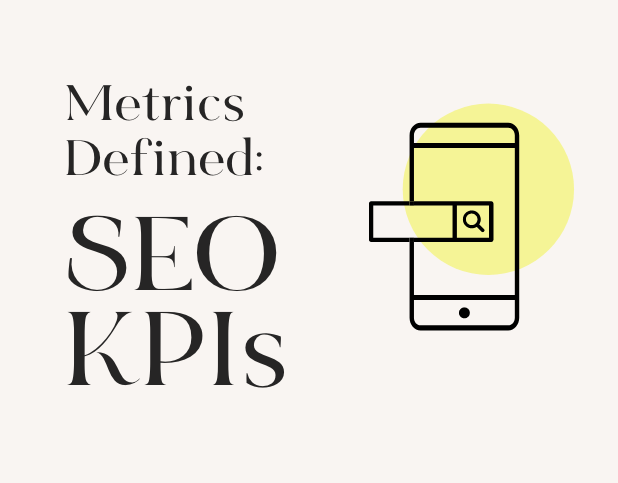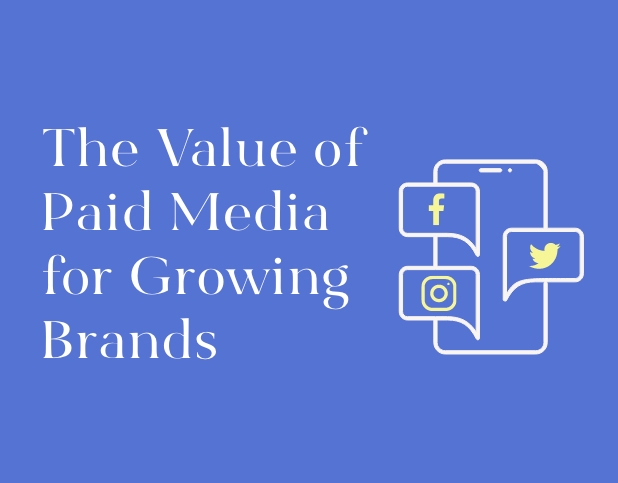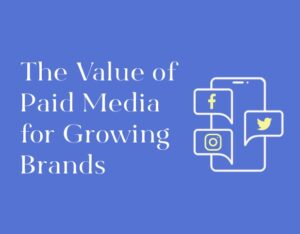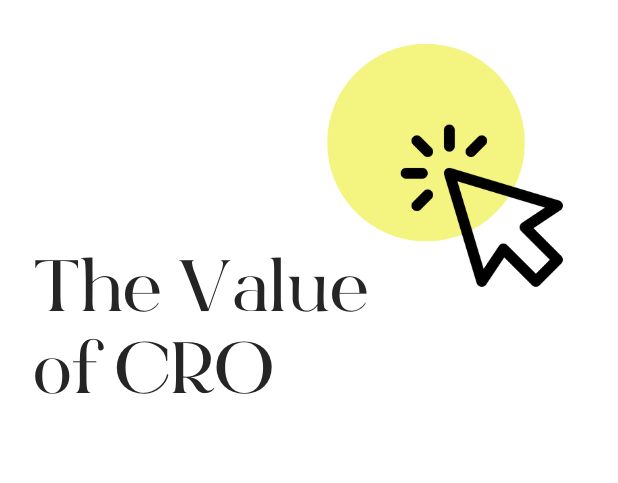As our world becomes heavily focused on digital media, it is important for brands to be able to stand out among the crowd. Without a clear understanding of SEO, your brand is more likely to end up on the second page of Google. Do you know what’s on the second page of Google? Neither do we.
Before we dive into how to measure the success of your efforts, it’s important to understand the basics of SEO and the key elements. At BuzzShift, we help our clients with Search Engine Optimization (SEO) services to help your brand become easily searchable to your target audiences. Our industry experts understand what works and what doesn’t, and can help guide your business in the right direction.
SEO success does not happen overnight. It is a slow and gradual, cost-efficient effort that has the potential to provide major benefits, so long as you have the patience to give it the proper attention it requires. Your business will start seeing results in as little as 6 months, but the true growth is seen in about 12-24 months. With the right strategy and execution, your company can become one of the first organic search results to come up when consumers search for keywords that relate to your brand. If SEO drops off your priority list, you can easily lose the momentum needed for search engines to continue to deem your website relevant. As with all marketing efforts, it is important to measure and learn from your SEO efforts. Let’s dive into the top three KPIs we use to measure the success of your SEO strategy.
Click Through Rate (CTR)
Click Through Rate refers to how often people are clicking on your link when it is recommended to them by a search engine. As of 2020, almost 65% of searches are Zero-Click searches, meaning people are searching for a topic and finding the answer without clicking any of the links Google shows. On the other hand, about 32% of searches result in clicking the organic links, and only 2% click on paid ads. This information is important to understand where your links are falling on the Google search page, and how likely people are to click through your site if they are searching on a mobile device or a desktop. Google Analytics and Google Search Console can help you break down the information you need to know about the users clicking through to your site – take a look at our blog that walks through the most impactful Google tools.
Conversion Rate (CVR)
This measures the number of people who visit your site and complete a goal (ex. purchasing a product, signing up for a free trial, etc). One way to increase conversion rate is to ensure that your site content is resonating with users and providing the information they are searching for.
When a user is going into search engine to find fishing products, they might be researching “what is the best way to use this”, “good areas to fish nearby”, “how to determine quality of fishing products”, and not just phrases related to purchasing a product. It is beneficial to host that information on your site without overcomplicating it. This will keep the user on your site and exploring more pages for a longer period of time, making them trust your brand and more likely to convert their search query into measurable action.
Load Time
Last but not least, make sure your page is optimized to load quickly on any device (desktop browser or mobile). A slow load time can cause a frustrating user experience and lead people to leave your site quickly. There are many methods of checking site speed and understanding what is dragging down your load time. It is important to check this regularly and continuously optimize your site speed to curate a faster and happier customer experience.
Overall, it’s important to remember that SEO is meant to nudge users in your direction, but it can only create demand out of the content you add to your site. Having patience, optimizing your site, and spreading the word are great ways to implement SEO as a marketing tactic. This is not a comprehensive guide on how to get to the first page of google, but we can help you figure out a great place to start and keep you on the right track! At BuzzShift, we specialize in SEO services such as Keyword Research, Website Optimization Strategy, and Blog Copywriting. We love to give you back some of your most valuable resource, TIME! Reach out today to start your journey ranking higher on Google searches!
About BuzzShift
BuzzShift is a digital growth strategy agency with a focus on mid-market, scaling, purpose-driven DTC Brands. By combining the ideologies of branding, performance marketing, and retention agency, we are able to create memorable experiences with measurable results, and build long-term success for our clients with scalable, sustainable growth. Learn more about BuzzShift.
